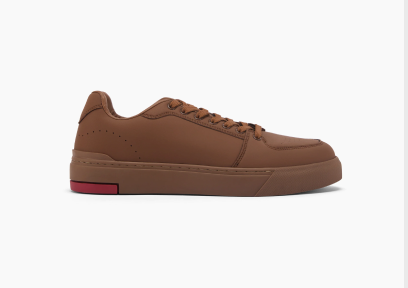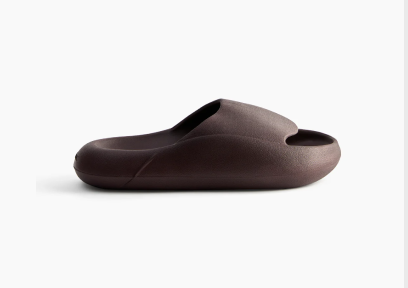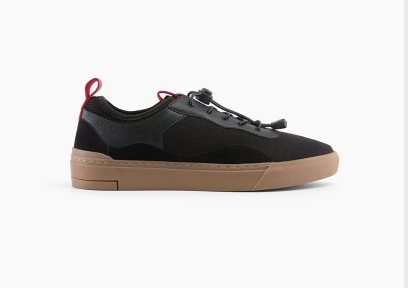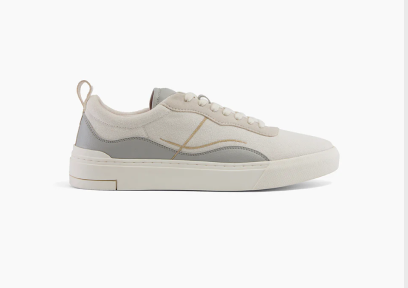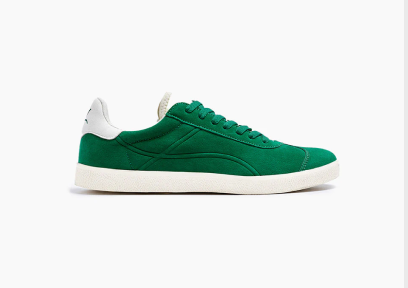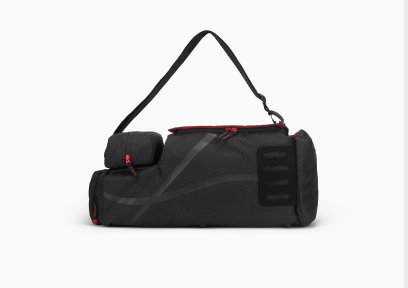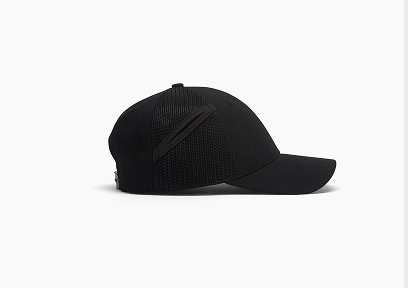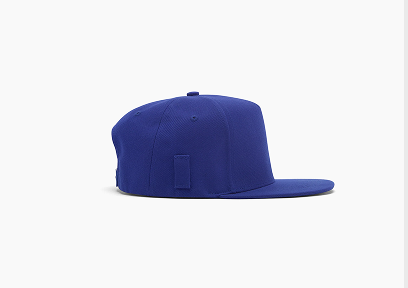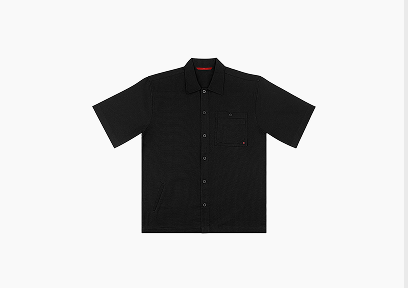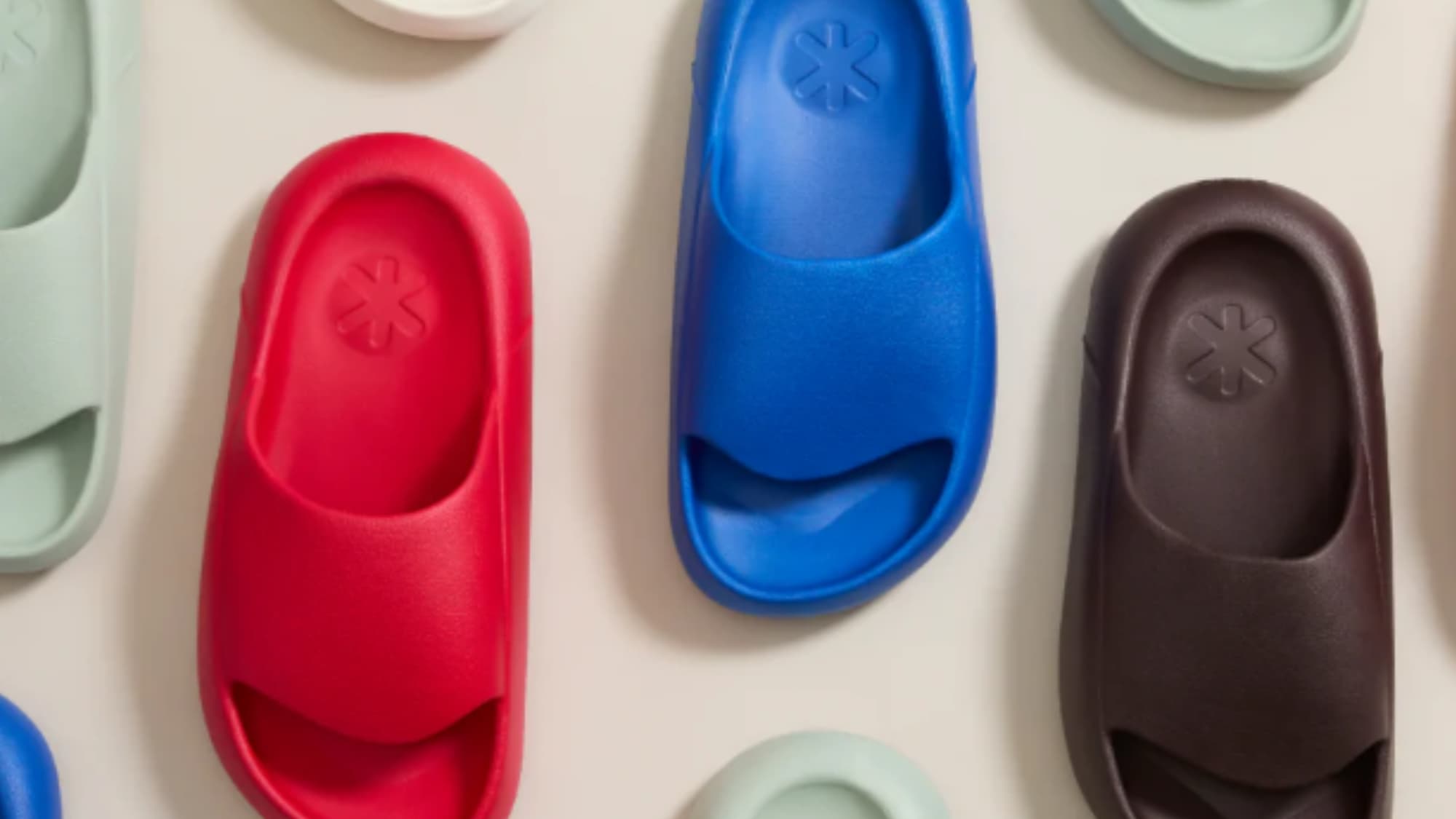Shoe Lace Tie Styles: Cool & Functional Ways to Lace Up
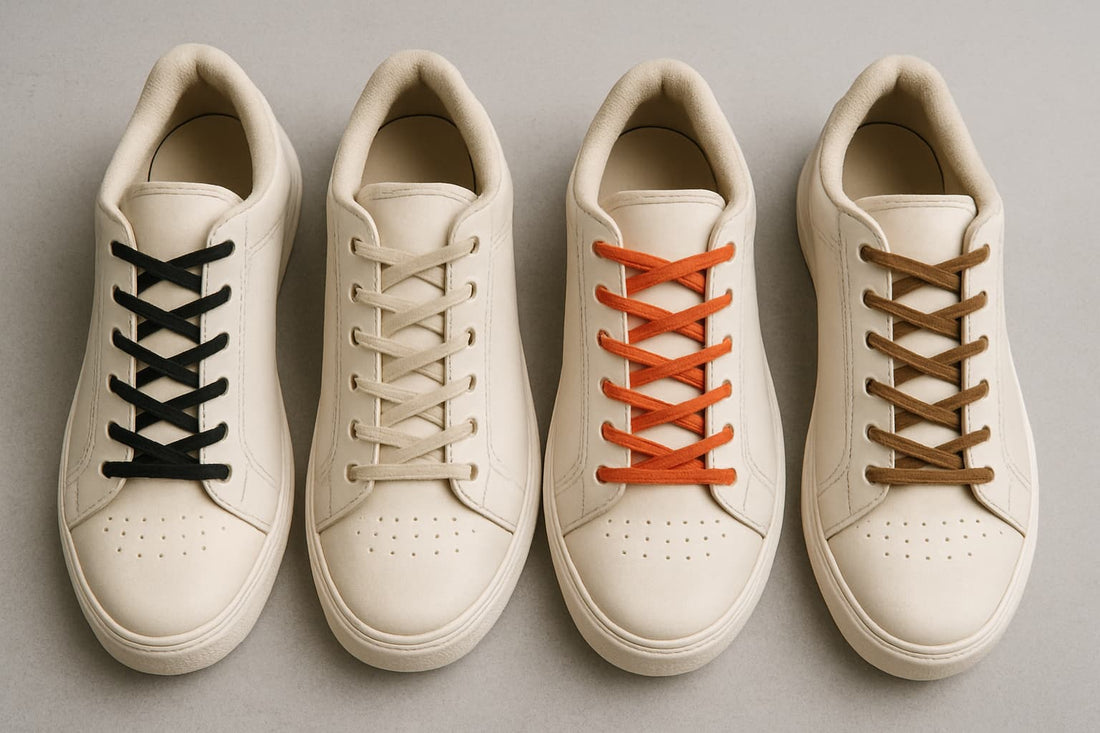
Anyone can buy sneakers that align with their vibe, but experimenting with shoelace styles is where creativity meets function. The way you lace your shoes shapes their silhouette, adjusts comfort, and adds a refined or edgy flair. From streetwear fits to tailored footwear, understanding shoe lace tie styles opens up endless room for expression.
Below are ten proven shoe lacing techniques that bring both form and purpose together, tailored for different shoes, occasions, and moods.
Top 10 Shoelace Styles to Check Out
| Lacing Style | Visual & Functional Vibe | Best For |
| Straight Bar Lacing | Clean, minimal, formal symmetry | Dress shoes, Oxfords, sleek sneakers |
| Criss-Cross Lacing | Classic, supportive, evenly balanced | Casual shoes, trainers, daily wear |
| Over-Under Lacing | Smooth tension, reduced friction | Performance sneakers, long wear |
| Loop Back Lacing | Sporty, secure, utilitarian edge | Running shoes, streetwear sneakers |
| Ladder Lacing | Geometric, bold, structured look | High-tops, boots, chunky sneakers |
| Hidden Knot Lacing | Refined, polished, uninterrupted surface | Formal shoes, minimalist sneakers |
| Zipper Lacing | Zig-zag visual, eye-catching contrast | Streetwear, statement sneakers |
| Spider Web Lacing | Complex, artistic, avant-garde | High-fashion sneakers, creative outfits |
| Double Back Lacing | Adjustable tension, functional control | Athletic shoes, skate footwear |
| Rope & Ribbon Lacing | Textural contrast, style upgrade | Fashion sneakers, lifestyle footwear |
1. Straight Bar Lacing: The Clean Minimalist Look
If your preference leans toward sleek and tidy, straight bar lacing is your go-to. It creates an evenly spaced, horizontal layout across the shoe, concealing most of the lace underneath.
It is a formal shoe lace style that works best with Oxfords, Derbies, and minimalist sneakers like the Stan Smith. It delivers symmetry and understated confidence. Naturally, it is a popular choice in dress shoes and smart casual footwear.
Tip: For dress shoes, match your lace colour with your leather tone to maintain a polished appearance.
2. Criss-Cross Lacing: Classic Functionality
The most common yet enduring among shoelace tying styles, the criss-cross lacing method provides balance between comfort and support. The crossover pattern distributes tension evenly, reducing foot strain during extended wear.
Sneakers, hiking boots, and casual runners all benefit from this timeless setup. It’s easy to adjust and stays secure through long hours.
3. Over-Under Lacing: Comfort Meets Longevity
Over-under lacing alternates between running the lace under and over each eyelet. This approach minimises friction, preventing premature lace wear while improving foot flexibility.
For those who love experimenting with shoelace patterns, this technique stands out for its subtle twist. It also works great with sneaker lace styles, especially for skate or performance shoes.
4. Loop Back Lacing: Functional Edge
Loop back lacing delivers an athletic aesthetic. You thread the lace through loops formed from previous crossovers, pulling each section tight for extra support. It’s one of the best shoe lacing styles for performance sneakers and trail shoes.
When styled on fashion sneakers, it adds a rugged, utilitarian vibe reminiscent of tactical footwear.
5. Ladder Lacing: Structured and Bold
Ladder lacing is geometric and statement-driven. It forms a ladder-like grid along the shoe’s tongue, exuding precision. If you’re experimenting with lace design or love visual symmetry, this pattern turns heads instantly.
Although originally seen in military boots, ladder lacing has evolved into one of the boldest shoelace styles in modern streetwear. Pair it with high-top sneakers or chunky soles for a structured, high-fashion touch.
6. Hidden Knot Lacing: Subtle Refinement
Hidden knot lacing conceals the knot beneath the tongue, leaving an uninterrupted surface across your shoe. This technique embodies quiet luxury—neat, functional, and intentional.
It’s a preferred formal shoe lace style because it pairs sophistication with practicality. Dress shoes and luxury sneakers with minimal branding look especially elevated with this approach.
7. Zipper Lacing: Street-Ready Attitude
A creative favourite among trendsetters, zipper lacing creates a zig-zag effect that mimics the visual of an actual zipper. It’s among the most eye-catching shoelace patterns for sneaker enthusiasts who love individuality without adding extra accessories.
Combine it with colored or reflective types of shoelaces to emphasise the contrast. It looks striking on sneakers like Nike Air Force 1s, Vans Old Skools, or retro runners.
8. Spider Web Lacing: The Avant-Garde Pattern
If you like fashion experimentation, spider web lacing adds a complex yet mesmerising dimension. The interlaced structure forms a web-like grid across the vamp, blending artistry with structure.
Among shoe lacing techniques, it stands apart for its architectural layout. It suits statement sneakers and streetwear collections where detail speaks louder than branding.
9. Double Back Lacing: Dynamic Tension Control
Double back lacing provides superior customisation for foot width and arch comfort. By looping back through the same eyelets, you can tighten or loosen individual zones across your shoe. Runners and skaters appreciate this approach for the precise tension it offers.
This technique embodies the blend of shoelace tying styles and functionality that modern footwear design embraces.
10. Rope and Ribbon Lacing: The Aesthetic Upgrade
Not all customisation lies in the pattern—the material of your shoelace changes the entire personality of your footwear. Swapping standard cotton for rope or ribbon laces transforms sneakers into lifestyle statements.
Rope laces enhance streetwear energy, while satin ribbons channel an upscale, fashion-forward tone. Within the top shoe accessories, laces have become defining details rather than afterthoughts.
Choosing the Right Lace for Your Style
Before trying out any shoe lace tie styles, consider the kind of shoe and your daily aesthetic.
For Sneakers: Experiment with sneaker lace styles like bar, ladder, or zipper lacing. These patterns amplify character and contrast.
For Casual Shoes: Criss-cross or over-under lacing provides comfort and casual neatness.
For Formal Footwear: Straight bar and hidden knot lacing maintain a refined, disciplined silhouette.
Your choice of types of shoelaces (e.g., flat, round, waxed, elastic, or decorative) also impacts both look and practicality. Waxed laces resist fraying and suit formal settings, while elastic or thick cotton ones pair better with relaxed outfits.
Sneakers vs. Casual Shoes
Knowing the difference between sneakers and casual shoes refines your lacing choices. Sneakers are designed for movement, emphasising cushioning and flexibility. Casual shoes lean toward structure and craftsmanship.
Because of these contrasts, shoelace styles that enhance comfort, like loop back or double back, fit sneakers, while structured patterns like bar lacing align with casual or dress options.
Lace Colour and Design: The Silent Statement
Colour coordination influences your shoe’s entire narrative. Bright or contrasting laces emphasise design lines, while monochrome tones offer cohesion. Neutral colours create harmony, whereas bold hues express confidence and playfulness.
When experimenting with lace design, think of it as styling jewellery for your shoes. Subtle changes in tone, texture, or symmetry transform how your footwear interacts with your outfit.
Shoelace Patterns with Wardrobe Energy
- Minimalist fits: Stick to straight bar or hidden knot styles for clean geometry
- Athletic or streetwear: Zipper, ladder, or loop-back lacing brings intensity.
- Refined casualwear: Try criss-cross or over-under patterns for relaxed precision.
Matching your shoelace styles to your aesthetic amplifies personality while staying functional.
Final Thoughts
Sure, your footwear tells a story. But it is your lacing pattern that writes the details. The right shoelace styles enhance both look and comfort, evolving with your fashion sensibilities. From structured formal patterns to expressive street-ready designs, each lace setup introduces a layer of individuality and intent.
So the next time you lace up, rethink the pattern. The transformation does not come from buying new shoes. It begins with how you tie them.
FAQs
Why are shoelace styles important?
Shoelace styles define your shoe’s personality. The way you lace affects comfort, fit, and visual impact, allowing you to express style intentionally while enhancing overall foot support.
Are there ways to lace shoes without tying?
Yes. You can use elastic or no-tie laces that stretch for easy slip-on wear. They maintain structure without knots, offering clean aesthetics and convenience.
How to tie shoelaces in a cool manner?
Start by choosing patterns like zipper, ladder, or hidden knot styles. Keep laces balanced, add coloured or textured laces, and tuck ends neatly. It forms a stylish, confident finish that matches your footwear energy.
Which shoelace style suits formal shoes best?
Straight bar or hidden knot lacing works best for formal shoes. Both create a neat, symmetrical layout that enhances sophistication. It also keeps the shoe’s lines smooth and refined for professional or dress settings.
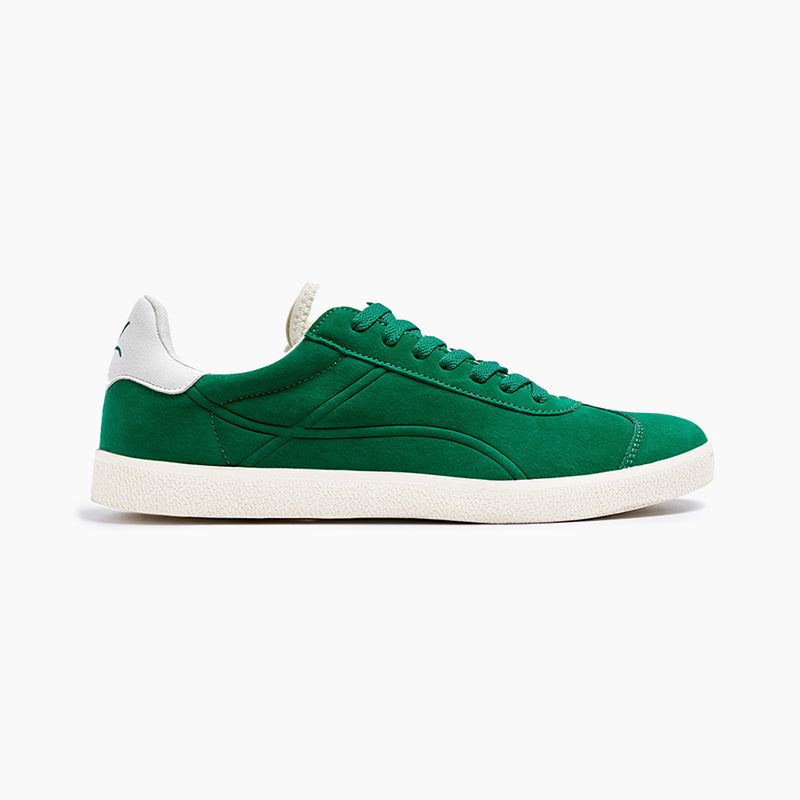


 The Sport Bag
The Sport Bag
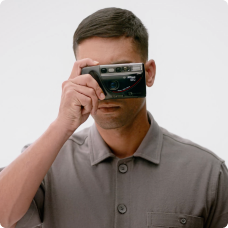 Circuit Shirt
Circuit Shirt
 Socks - Pack of 8
Socks - Pack of 8
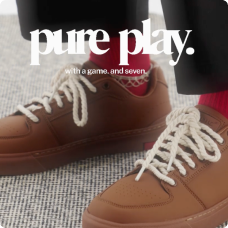 Nova Play
Nova Play





